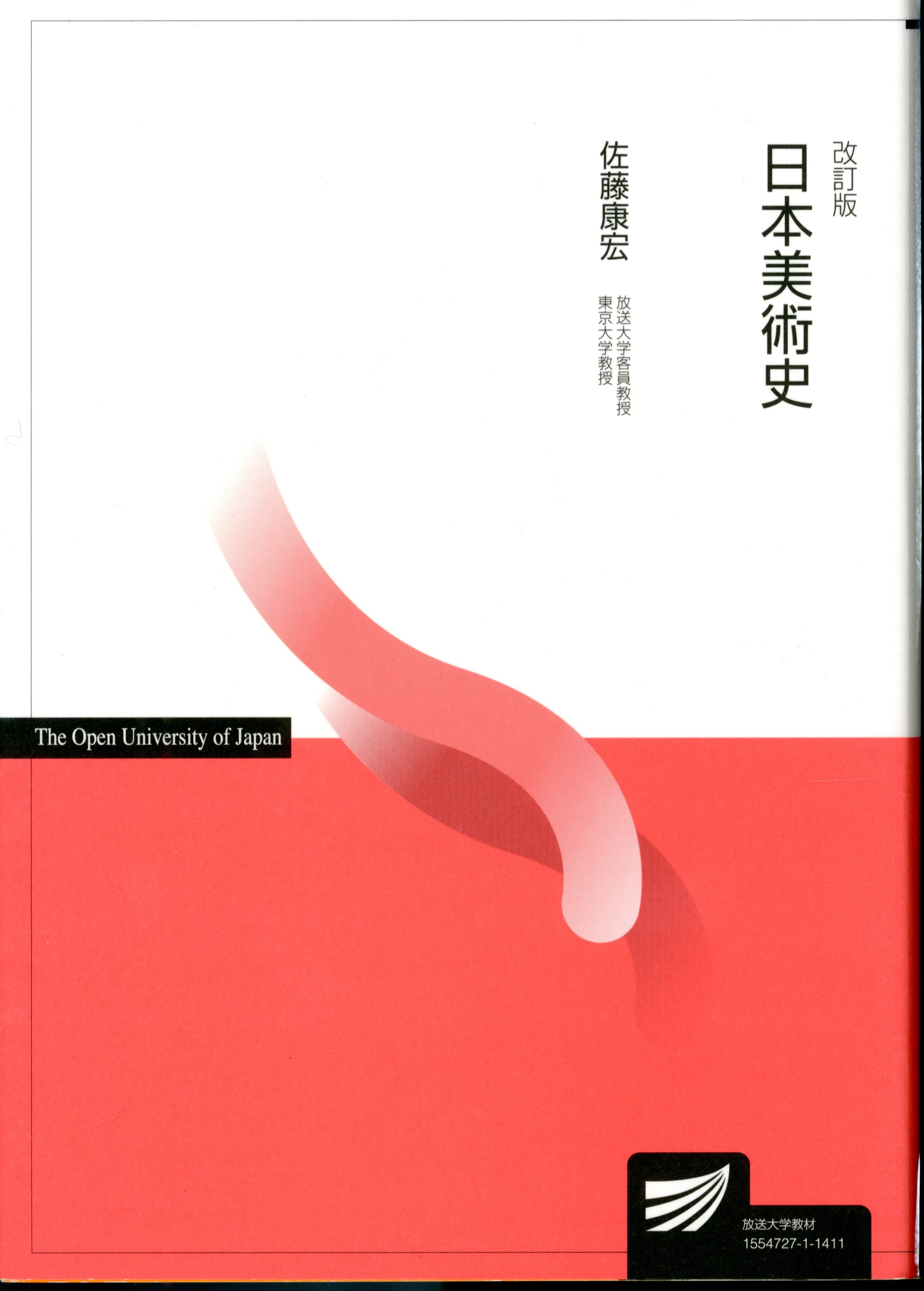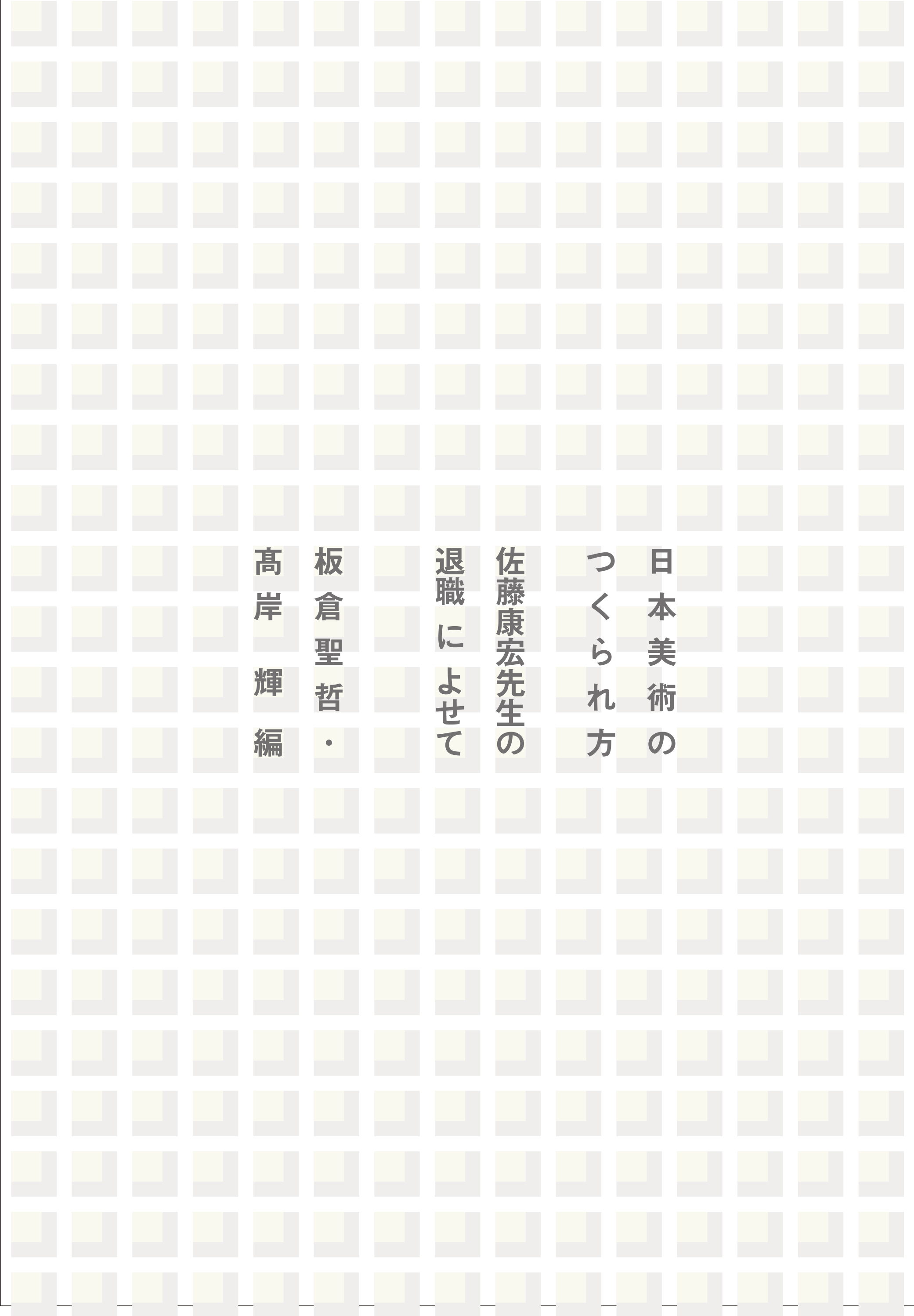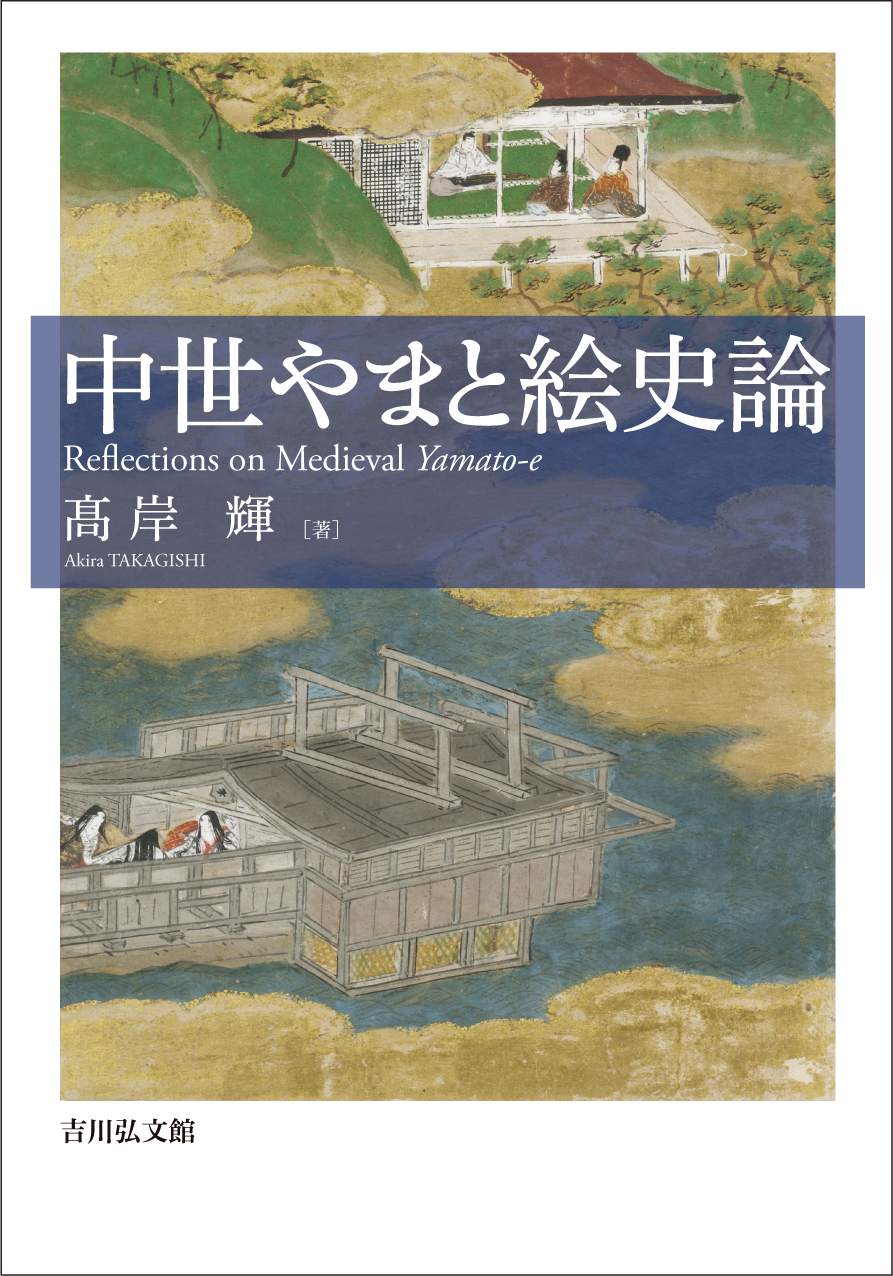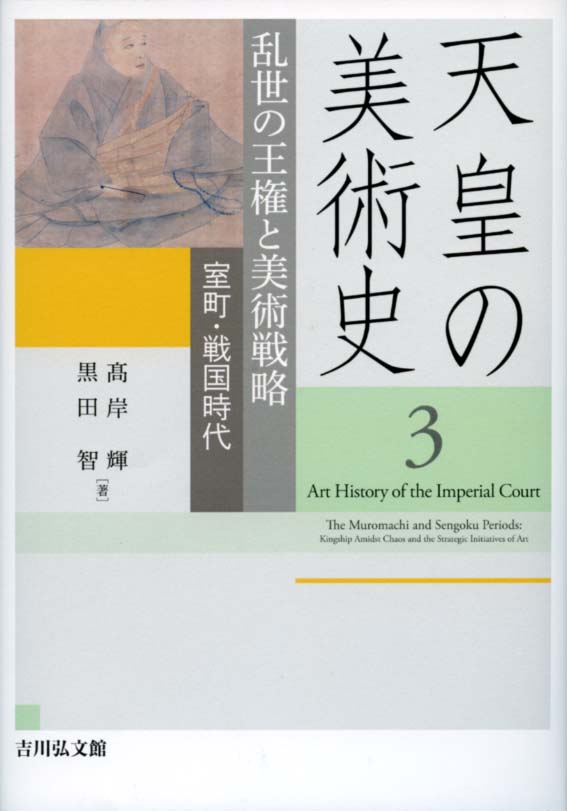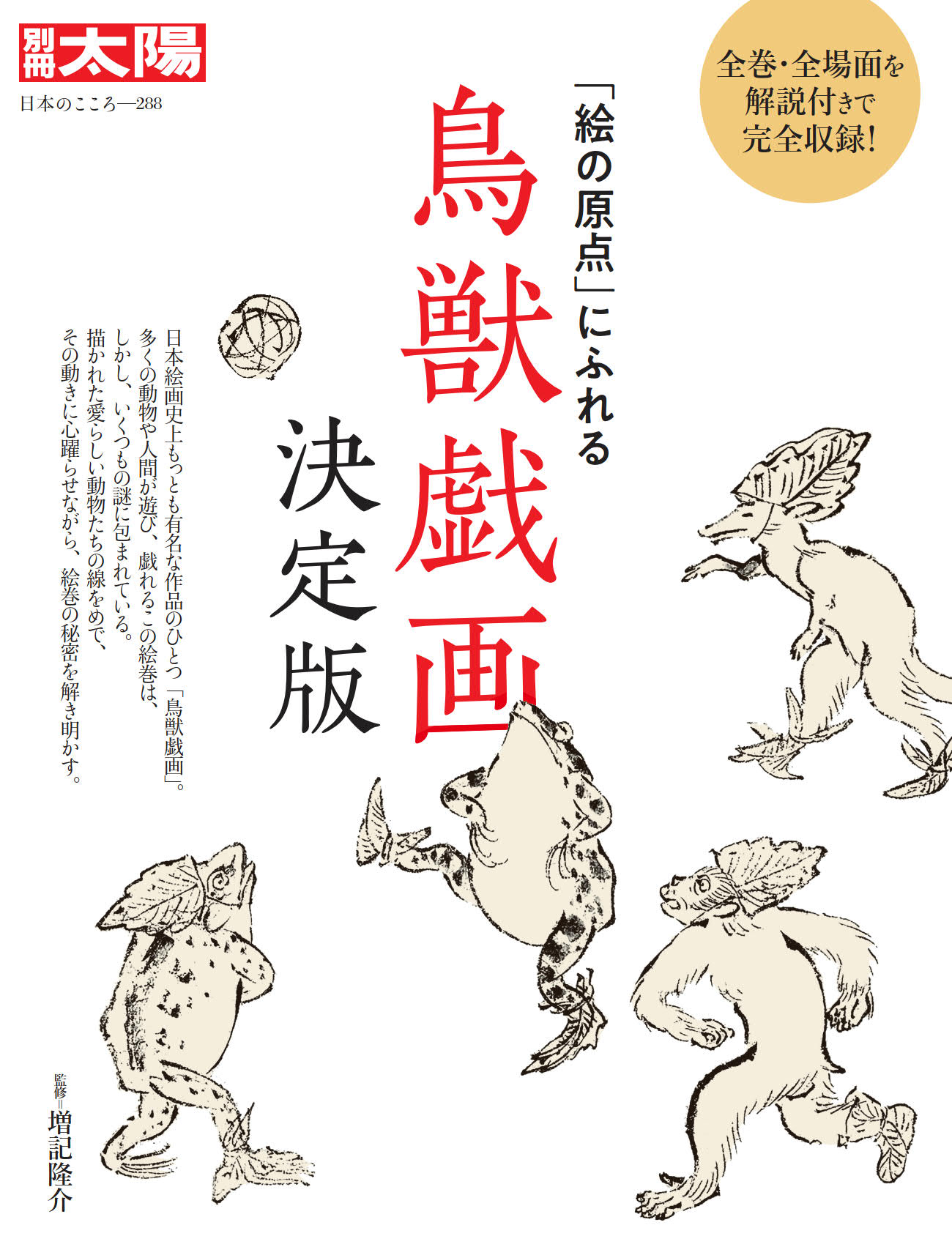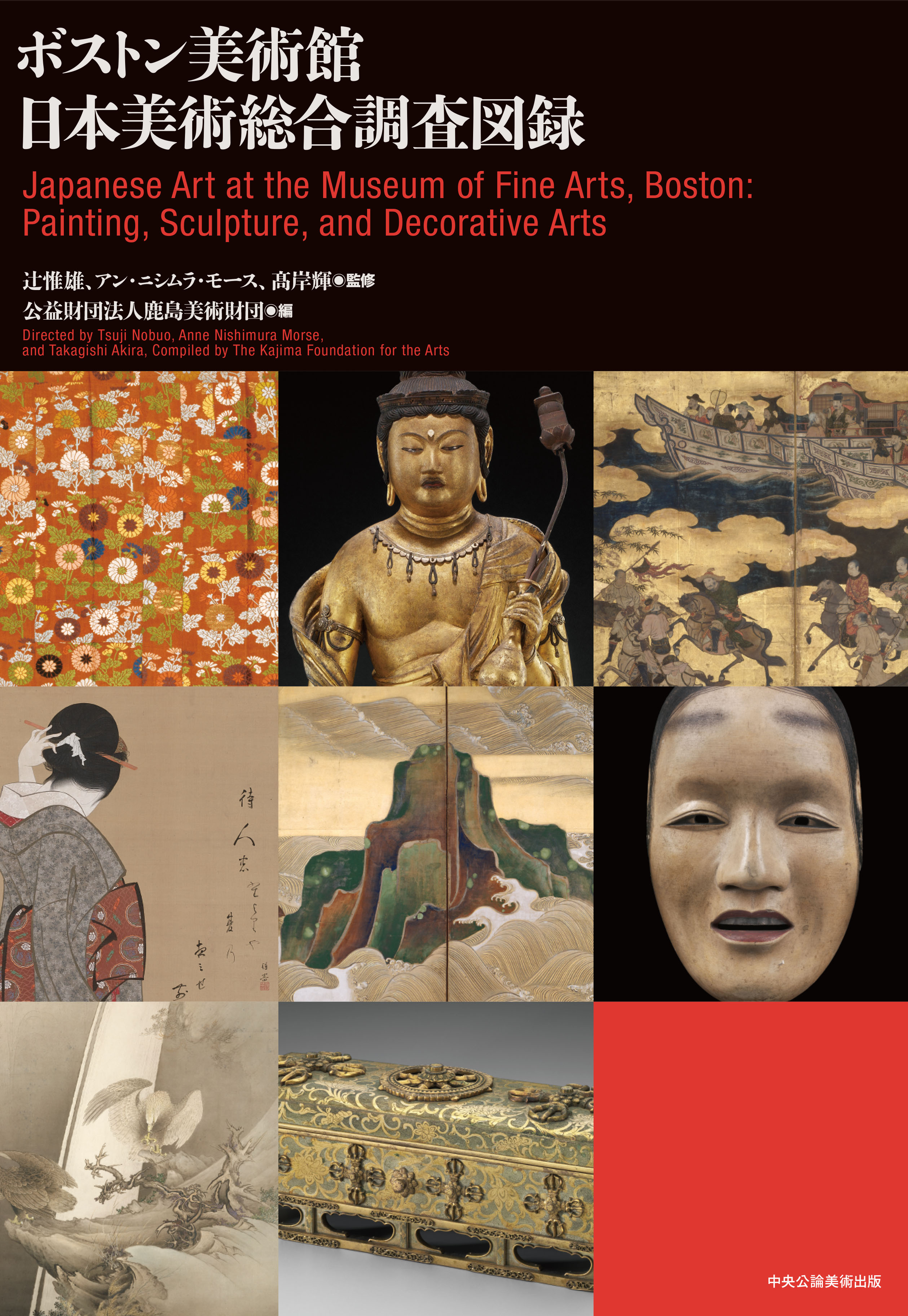
Title
Japanese Art at the Museum of Fine Arts, Boston Painting, Sculpture, and Decorative Arts
Size
Vol. 1: 440 pages, vol. 2: 568 pages, A4 format, hardcover
Language
Japanese, English
Released
April, 2022
ISBN
978-4-8055-1000-1
Published by
Chuokouronbijyutsu
Book Info
Japanese Page
The Museum of Fine Arts, Boston, boasts one of the largest and highest-quality Japanese art collections outside of Japan. The foundation of the collection was laid through the deep involvement of two individuals related to the University of Tokyo: Ernest Francisco Fenollosa (1853-1908) and Kakuzo Okakura (Tenshin, 1863-1913). Fenollosa, a native of Boston and a graduate of Harvard University, came to Japan in 1878 (Meiji 11), and as he was teaching political science, chrematistics, and philosophy at the University of Tokyo, he became fascinated by antique art and began a collection. One of his students was Okakura in the Faculty of Letters. After graduating, Okakura worked for the Ministry of Education, where he helped Fenollosa to promote art, advance education, and protect cultural properties, creating a new discipline called “Japanese art history.” The Bostonian William Sturgis Bigelow (1850-1926) also came to Japan and, on their advice, purchased a large number of art works, which were eventually donated to the Museum of Fine Arts, Boston. In his later years, Okakura moved to the United States to become the director of the museum’s Oriental and Japanese Department and attempted to systematize the collection, yet nearly a century passed without any sufficient investigation into the vast collection.
This large-scale survey was the brainchild of Professor Nobuo Tsuji at the University of Tokyo (currently professor emeritus) and Anne Nishimura Morse (curator at the Museum of Fine Arts, Boston), with the support of the Kajima Foundation for the Arts. It was conducted over about 30 years from 1991 to 2019. About 30 experts in the fields of painting, sculpture, and crafts were dispatched from Japan to shed light on the entire collection through a detailed survey in collaboration with local researchers. A total of about 200 illustrated handscrolls were confirmed, which was my contribution. Along with famous works from the Heian and Kamakura periods, which are national treasures and important cultural properties, the illustrated scrolls discovered one after another in the back of a storage room include a number of copies made by painters from the late Edo period to the early Meiji period, of which many had never been described, so the survey was an exciting project. The works have the characteristics of specimens for constructing the modern discipline of art history, and they are arguably quite different from what is found among the art works of temples and shrines accumulated for religious purposes or in daimyo family collections compiled out of an interest in the tea ceremony.
The Kajima Foundation for the Arts website below has interviews with the seven veteran researchers who led the survey in their respective fields. You will find valuations of the works discovered during the survey and messages aimed at young researchers. Moreover, you can gain valuable hints on joint research with overseas research institutes and the international dissemination of Japanese culture. Please refer to the website along with this volume.
(Written by TAKAGISHI Akira, Professor, Graduate School of Humanities and Sociology / 2023)
Table of Contents
II Buddhist and Shintō Sculpture
III Buddhist Ritual Objects
IV Buddhist Robes
V Nō, Kyōgen, Gigaku, and Bugaku Masks
VI Narrative Handscrolls
VII Ink Paintings
VIII Early Kano School and Momoyama Painting Schools
IX Later Kano School Paintings
X Rinpa Paintings
XI Tosa School, Sumiyoshi School, and Revival Yamato-e
XII Ukiyo-e Paintings
XIII Maruyama-Shijō School
XIV Soga Shōhaku and Itō Jakuchū
XV Western-Style Paintings, Shen Nanpin School, Nanga, and Various Schools
XVI Meiji, Taishō, and Shōwa Era Paintings



 Find a book
Find a book


